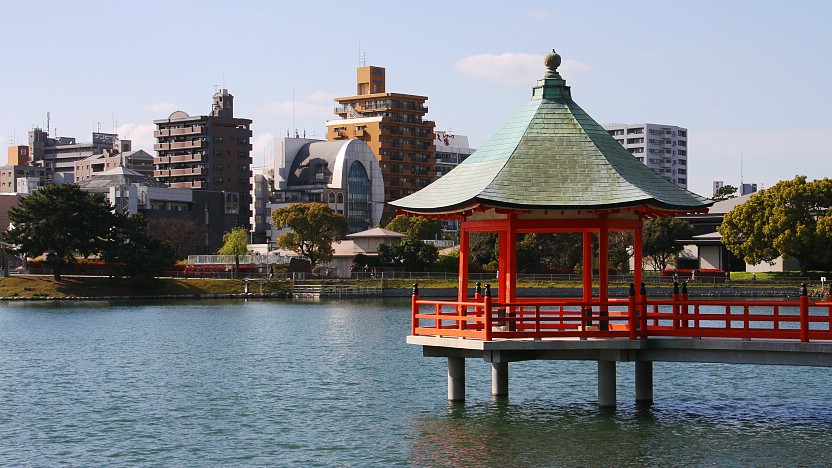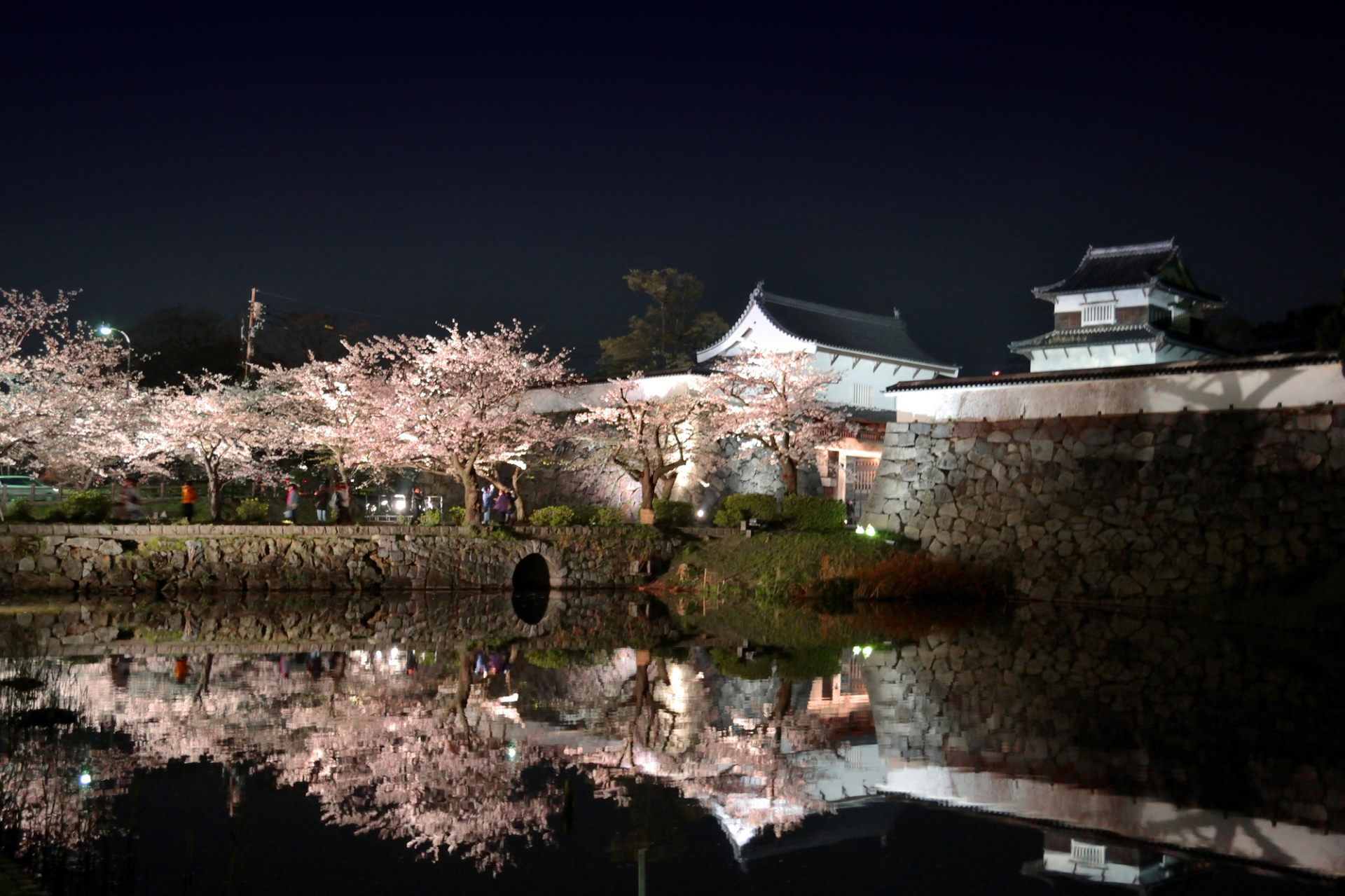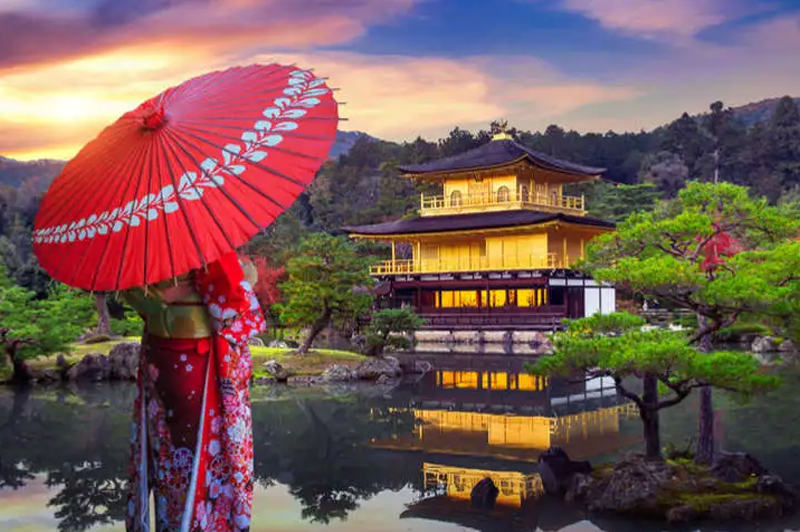
Japan, a land where ancient traditions seamlessly blend with cutting-edge technology, is not only a canvas of neon-lit skyscrapers and bustling city life but also a haven of tranquility within its urban landscapes. In the heart of Japan’s metropolises, hidden amid the concrete jungles, lie enchanting urban oases—pockets of serenity that offer respite from the fast-paced rhythm of city living. Let’s embark on a journey to discover these soothing sanctuaries that showcase Japan’s commitment to harmonizing nature with the urban environment.
Tokyo: Shinjuku Gyoen National Garden:
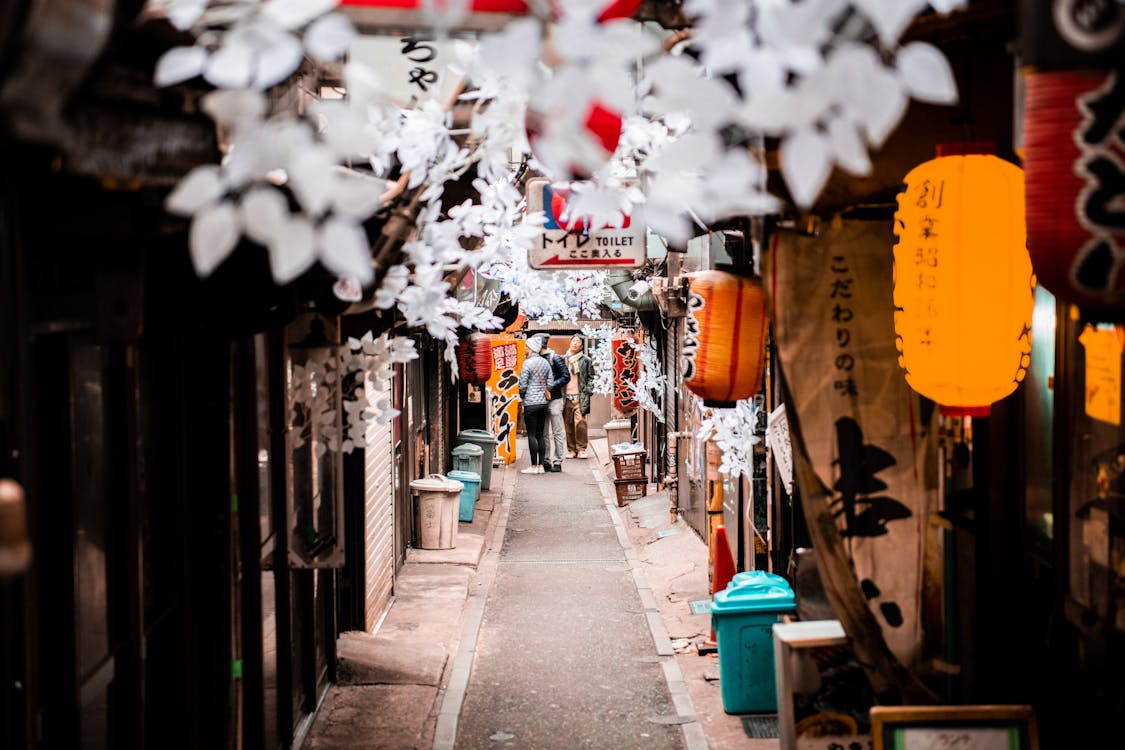
In the heart of Tokyo, where the city’s vibrant energy reaches its peak, Shinjuku Gyoen National Garden emerges as a serene refuge. This expansive green space, once an imperial garden, boasts a harmonious fusion of Japanese, English, and French garden landscapes. Visitors can wander through traditional Japanese gardens with picturesque bridges, stately cherry blossom trees, and reflective ponds, all against the backdrop of Tokyo’s iconic skyline.
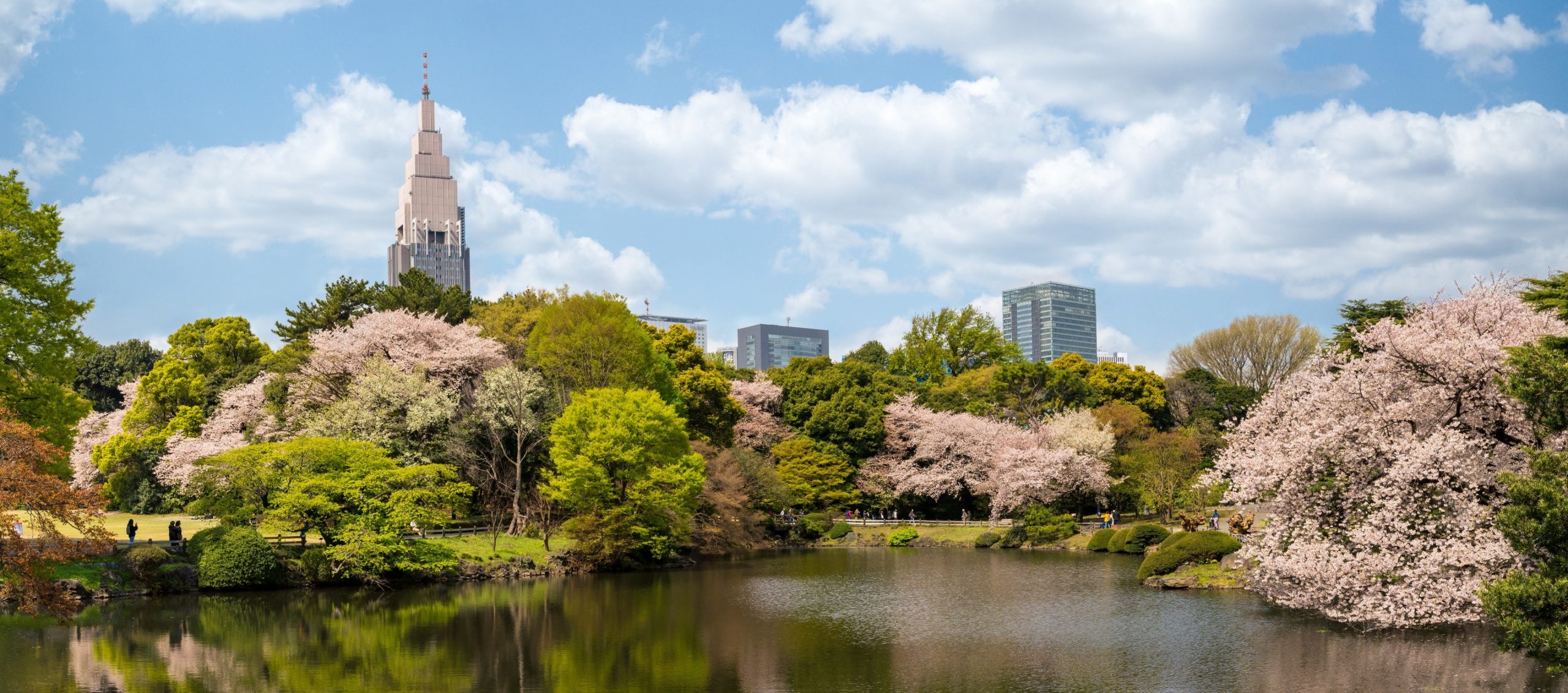
Shinjuku Gyoen provides a peaceful escape for Tokyoites and visitors alike, offering a tranquil environment for contemplation, leisurely strolls, or even a traditional tea ceremony in a teahouse nestled within the garden. The meticulously designed landscapes cater to every season, showcasing cherry blossoms in spring, vibrant foliage in autumn, and a peaceful ambiance year-round.
Kyoto: Maruyama Park and the Philosopher’s Path:
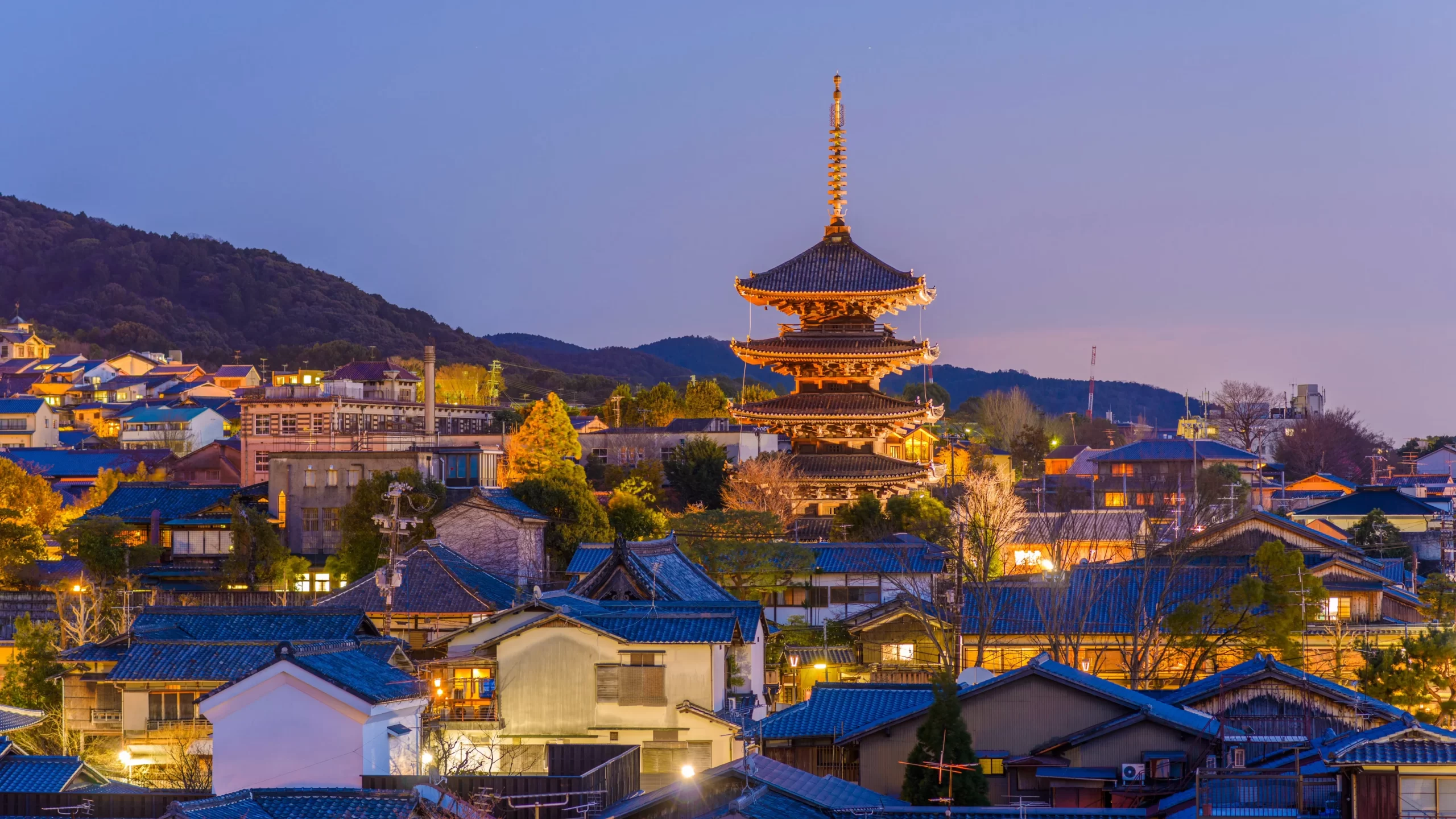
In the ancient city of Kyoto, where temples and shrines whisper tales of Japan’s storied past, Maruyama Park stands as an urban oasis that beautifully complements Kyoto’s cultural richness.

Famous for its iconic weeping cherry tree, Maruyama Park transforms into a sea of pink during the cherry blossom season, attracting locals and tourists seeking hanami, the traditional practice of appreciating cherry blossoms.

Connected to Maruyama Park is the Philosopher’s Path, a picturesque canal-side trail lined with hundreds of cherry trees. Strolling along this path provides a contemplative experience, especially during the cherry blossom season, creating a serene connection between nature and the city’s historical ambiance. The tranquility of Maruyama Park, combined with the poetic charm of the Philosopher’s Path, offers a unique glimpse into the essence of Kyoto’s cultural and natural beauty.
Osaka: Osaka Castle Park:
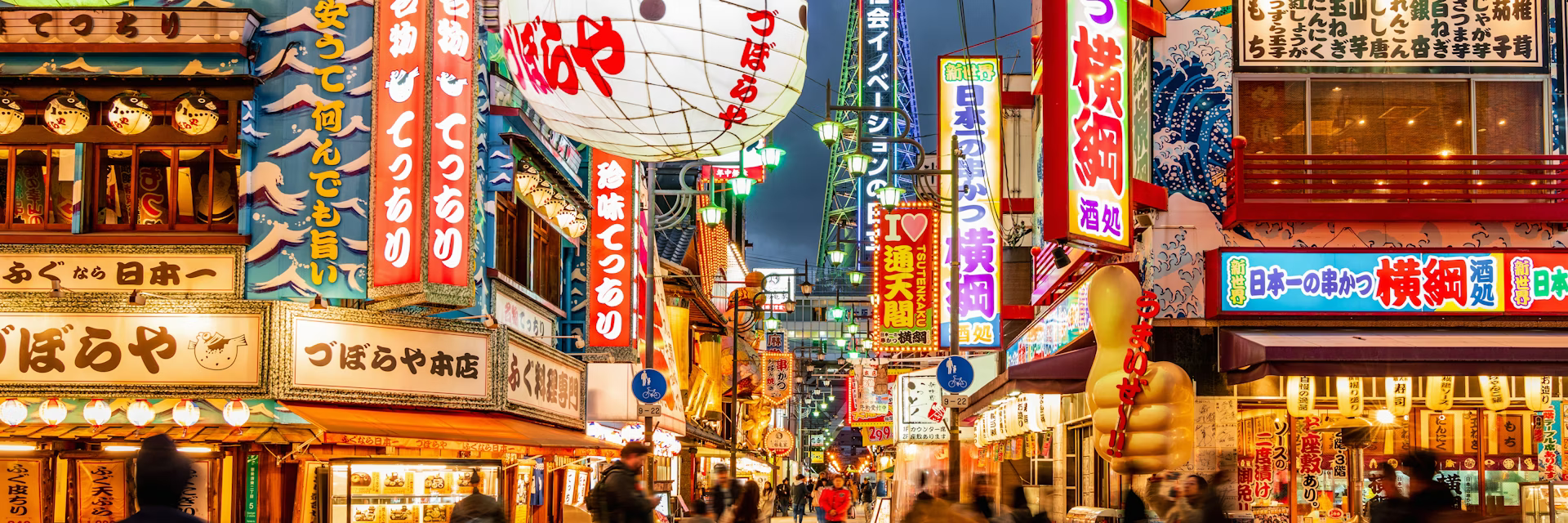
In the heart of Osaka, a city known for its culinary delights and modern architecture, Osaka Castle Park offers a glimpse into Japan’s feudal past amidst a lush green setting. The park surrounds Osaka Castle, a symbol of the city’s samurai heritage. Cherry blossom trees, plum groves, and expansive lawns create a serene atmosphere, making it a popular spot for picnics, hanami parties, and cultural events
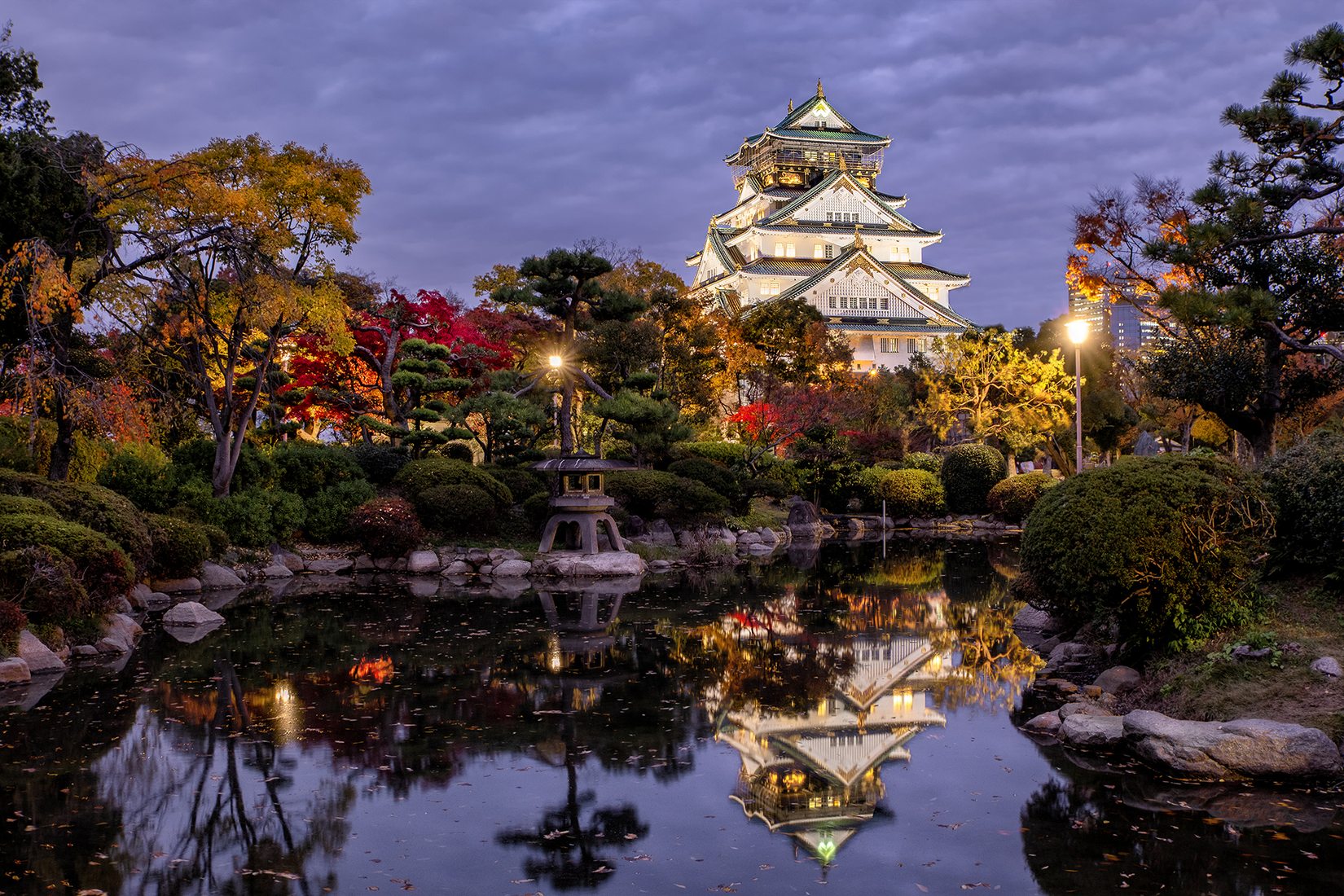
Kanazawa: Kenrokuen Garden:
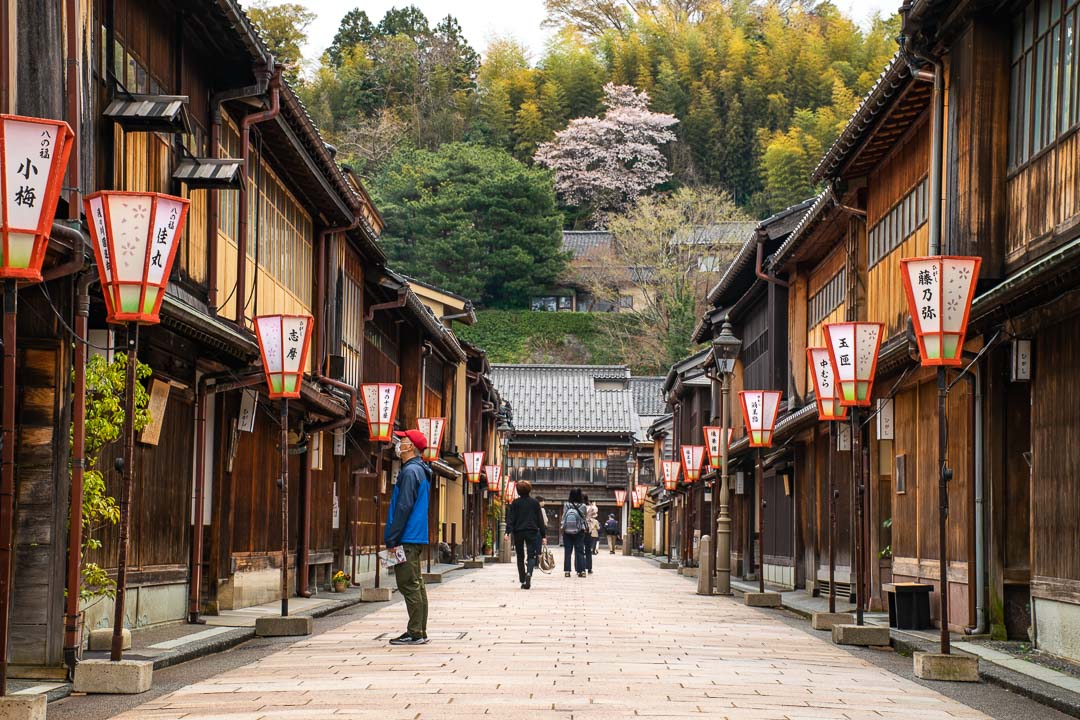
In the coastal city of Kanazawa, Kenrokuen Garden stands as one of Japan’s three most celebrated gardens. Spanning 25 acres, Kenrokuen is a masterpiece of Japanese landscape design, featuring winding paths, teahouses, bridges, and seasonal flora.
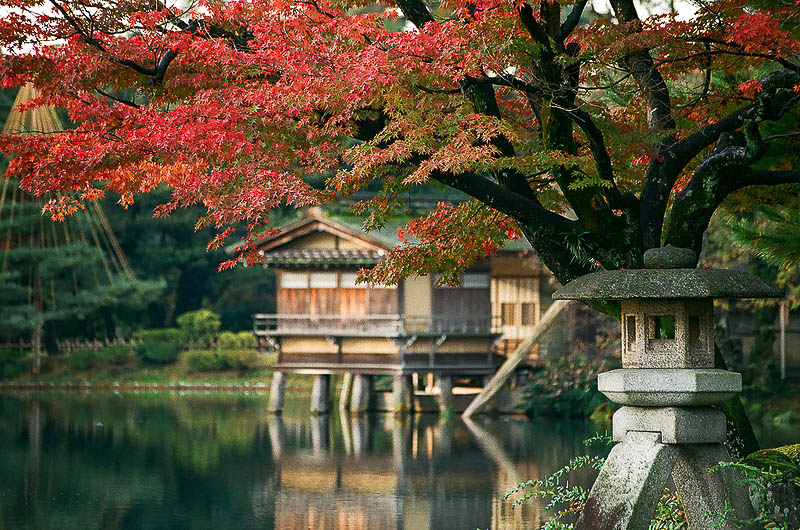
Its name, which translates to “Garden of the Six Sublimities,” reflects the garden’s pursuit of six essential qualities in traditional Japanese garden design. Kanazawa’s Kenrokuen Garden offers a tranquil escape from the city’s urban buzz, allowing visitors to immerse themselves in the beauty of nature while appreciating the meticulous artistry of Japanese garden aesthetics.

The garden’s ponds, teahouses, and carefully pruned trees contribute to an atmosphere of serenity and harmony, creating a space where time seems to stand still.
Nara: Nara Park:
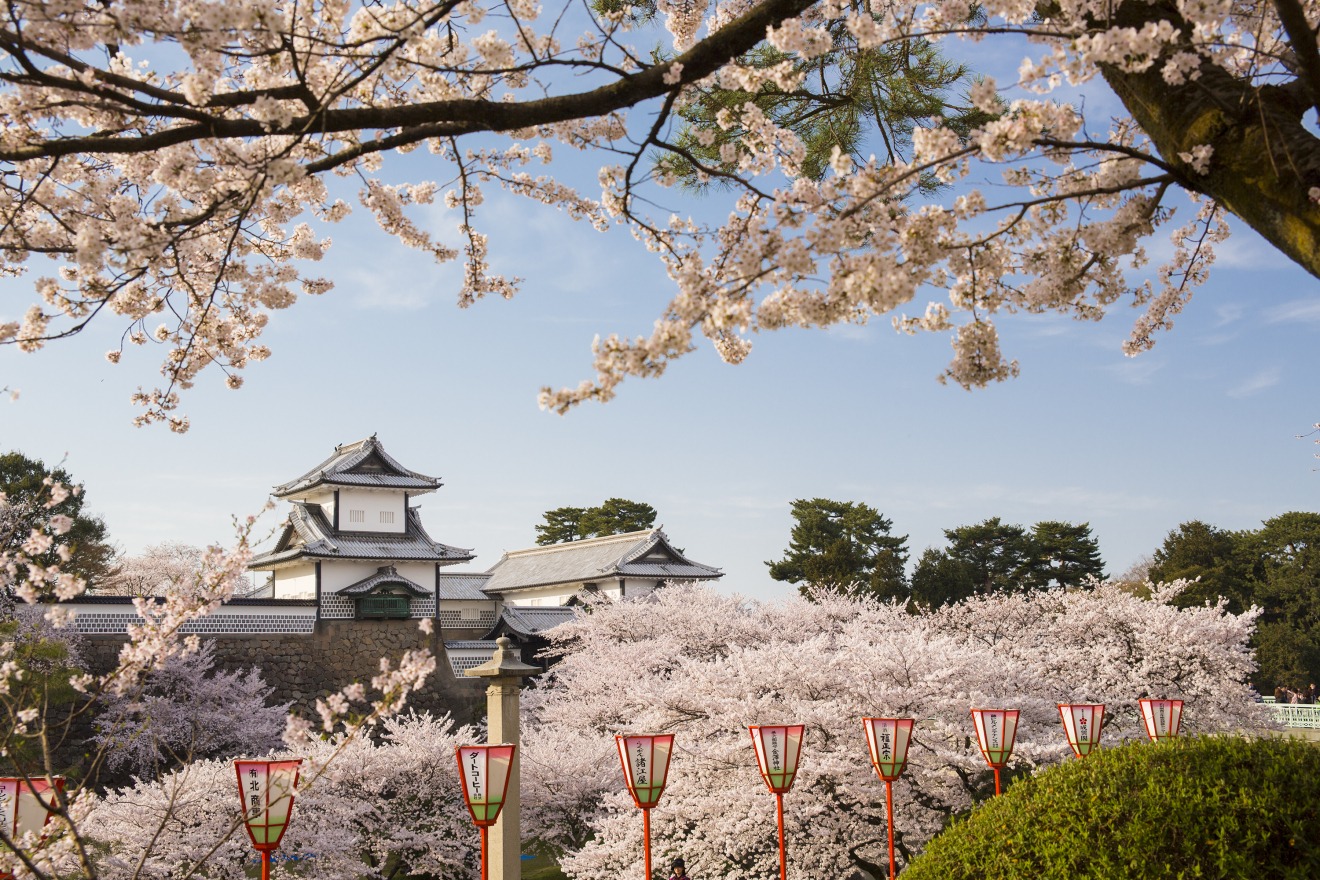
Nestled in the historic city of Nara, Nara Park unfolds as a sprawling oasis where nature and ancient history converge. Home to hundreds of freely roaming deer, considered messengers of the gods in Shinto, the park creates a unique harmony between wildlife and visitors. Towering trees, ponds, and historic landmarks, including Todai-ji Temple, add to the park’s allure.
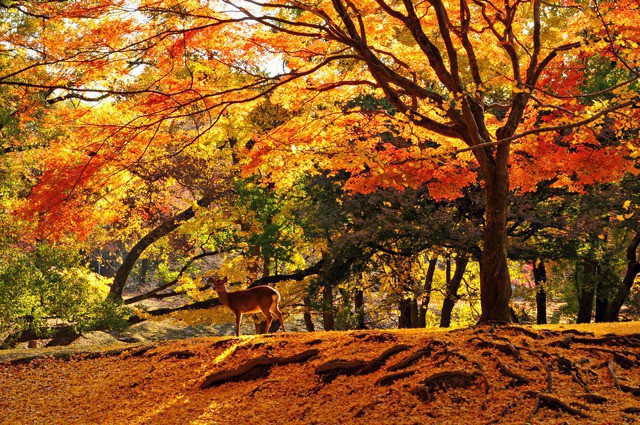
Nara Park provides a serene escape for those seeking a connection with nature and Japanese spirituality, all within the embrace of Nara’s rich cultural heritage. The friendly deer, considered sacred in Shinto mythology, add a whimsical touch to the park, creating an unforgettable experience for those exploring the grounds.
Fukuoka: Ohori Park:
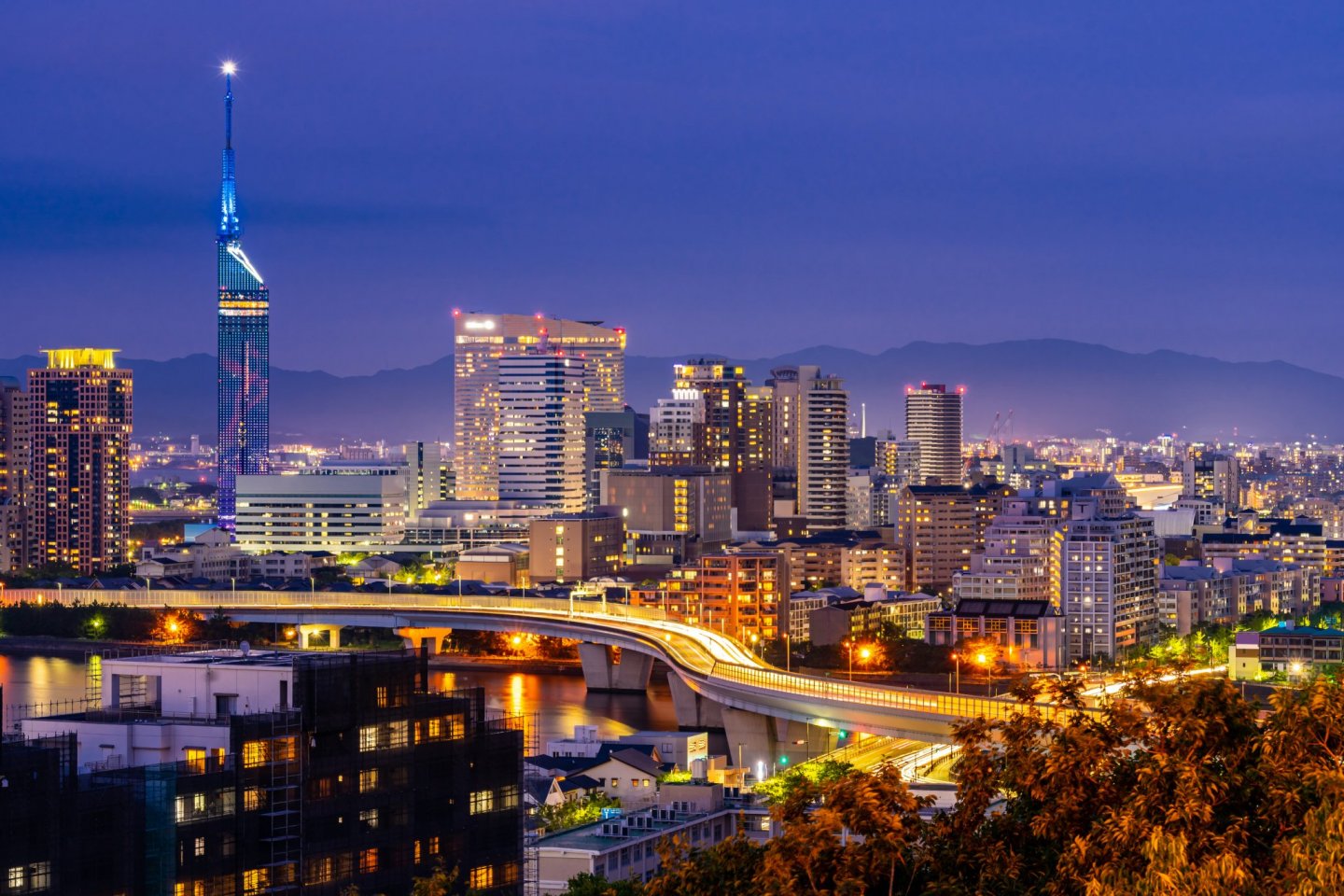
On the island of Kyushu, Fukuoka is home to Ohori Park, an expansive green space surrounding a large pond. Designed in the style of a traditional Japanese garden, Ohori Park features walking paths, stone bridges, and islands adorned with cherry blossoms. The park’s name, “Ohori,” translates to “large moat,” as it was originally part of the Fukuoka Castle’s moat.
